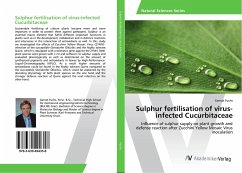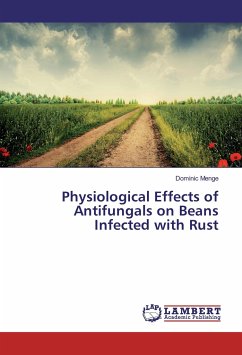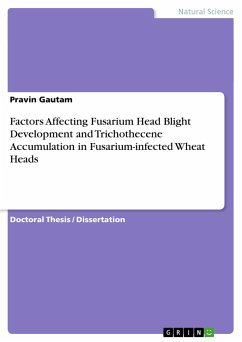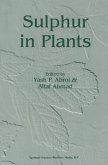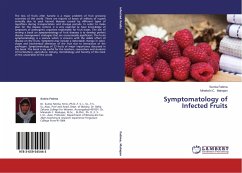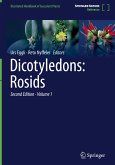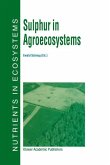Sustainable fertilising of culture plants become more and more important in order to protect them against pathogens. Sulphur is an essential macro element that fulfils different important functions in plants such as in the development, metabolism and in defence reactions and intervenes in the interaction of antioxidants as well. In this study we investigated the effects of Zucchini Yellow Mosaic Virus (ZYMV)-infection of the susceptible Gleisdorfer Ölkürbis and the highly tolerant Quine, which is equipped with a tolerance gene against the ZYMV. Both plant species were grown with (+S) and without (-S) sulphur supply and evaluated phenotypically as well as determined on the amount of synthesised pigments and antioxidants in leaves by High-Performance-Liquid-Chromatography (HPLC). As a result higher amounts of antioxidants could be found in the highly tolerant Quine compared to the susceptible Gleisdorfer Ölkürbis, which could be explained by the deviating physiology of both plant species on the one hand and the stronger defense reaction of Quine against the viral infection on the other hand.
Bitte wählen Sie Ihr Anliegen aus.
Rechnungen
Retourenschein anfordern
Bestellstatus
Storno

